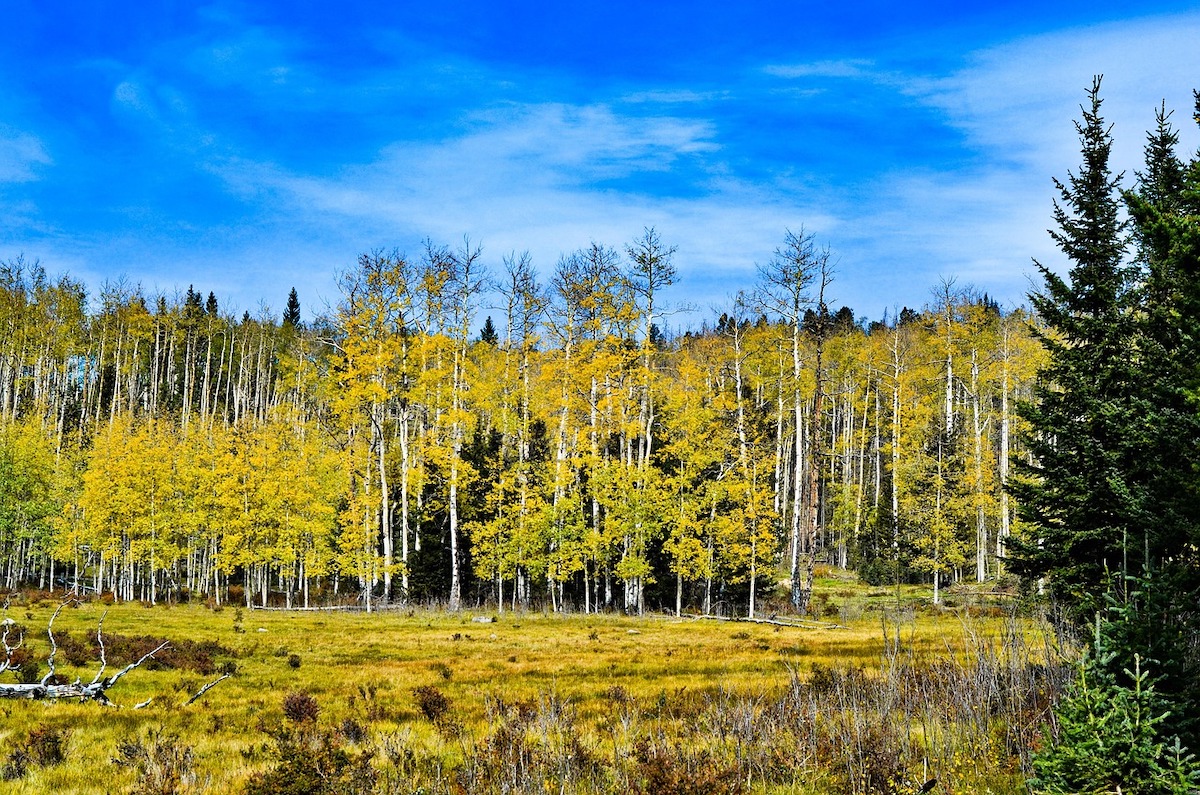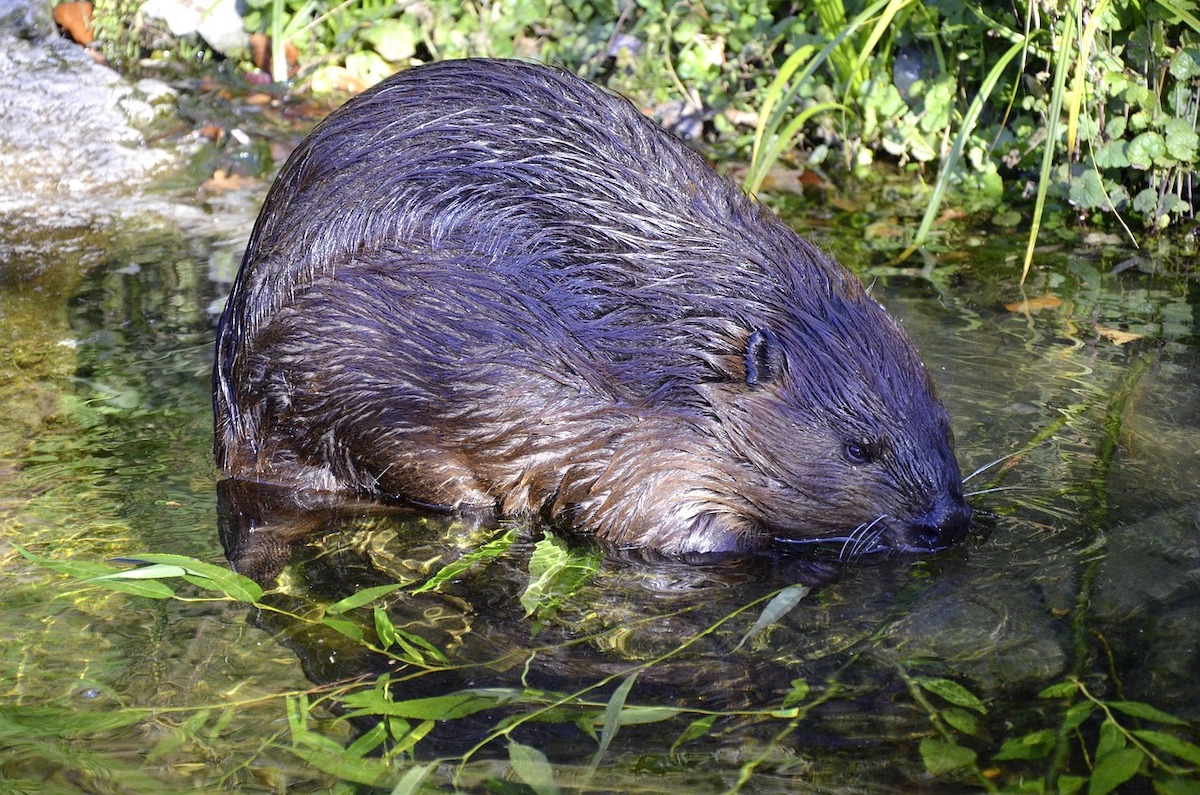
Keith Lusher 08.28.25

In the valleys of Yellowstone National Park, a comeback story is unfolding. For the first time in eight decades, aspen trees are growing tall enough to form a new forest canopy, marking one of the most successful wildlife restoration efforts in North American history.
The change began nearly 30 years ago when gray wolves returned to Yellowstone after a 65-year absence. What followed was a chain of changes that researchers are still documenting today. A study published in Forest Ecology and Management reveals that roughly one-third of the park’s aspen groves now contain saplings growing into mature trees, a shift from the 1990s when young aspen were virtually nonexistent.
The story begins in the early 20th century when wolves were wiped out from the Yellowstone area by 1930. Without their main predator, Rocky Mountain elk populations exploded, and these herbivores began browsing on aspen shoots and saplings. The quaking aspen, one of the few deciduous trees native to the northern Rockies, couldn’t compete with this pressure.
“The browsing was so intense that aspens couldn’t grow taller than about waist-high,” explains Luke Painter, the study’s lead author from Oregon State University. “Even when park managers tried culling elk, the damage had been done. The trees simply couldn’t establish themselves.”
The effects were massive. Aspen groves provide habitat for cavity-nesting birds, and their decline contributed to the near-disappearance of beavers from the park. By the mid-1990s, only one beaver colony remained in all of Yellowstone.

Everything changed with the wolf reintroduction program of 1995-96. Thirty-one wolves from Canada were released into the park, and their presence immediately began altering elk behavior. The herbivores found themselves in what scientists call a “landscape of fear,” shifting their foraging patterns away from vulnerable areas where aspens grow.
The results weren’t immediate, but they were dramatic. Painter’s team examined 87 aspen stands across northern Yellowstone and found that about 43 percent now contain new growth. Some stands boast large numbers of tall saplings throughout, while others show patches of young trees beginning to form new canopy layers. The researchers documented the first new aspen overstory growth since the 1940s.
This recovery shows what hunters know well: when you change what’s at the top of the food web, it affects the entire system. Wolves, working alongside bears and mountain lions, have helped reduce elk numbers and change their behavior patterns. The predators don’t just hunt elk; their mere presence changes how and where the herbivores feed.

The benefits extend far beyond the trees themselves. Today, nine beaver colonies call Yellowstone home, up from that single colony in 1995. The sound of beaver tail slaps, once nearly extinct from the park’s soundscape, now echoes across remote streams leading to Yellowstone Lake.
The story shows how much scientists still don’t understand about how ecosystems work together. By bringing back wolves, park managers started a process they’re still studying and learning from. Researchers will continue tracking these aspen forests as they grow, watching how the changes affect other wildlife and habitat in the park.
Trending Products












